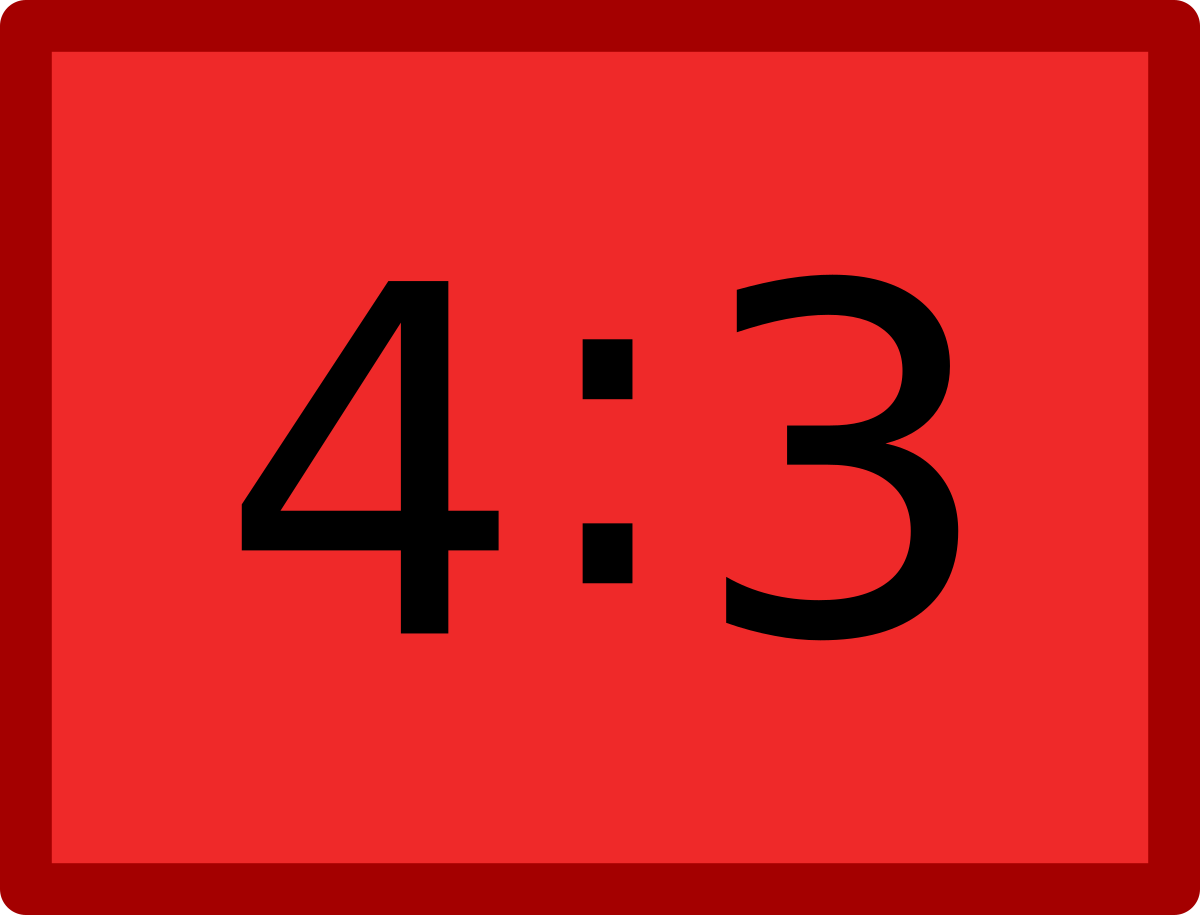
Ratios are everywhere! From cooking recipes to sports statistics, they help us understand relationships between numbers. But what exactly is a ratio? A ratio is a way to compare two quantities, showing how many times one value contains another. For example, if you have 2 apples and 3 oranges, the ratio of apples to oranges is 2:3. This simple concept can be incredibly powerful. Ratios help us make sense of proportions, scale models, and even financial statements. They’re used in science, art, and daily life. Ready to dive into the world of ratios? Let’s explore 26 fascinating facts that will make you see numbers in a whole new light!
Key Takeaways:
- Ratios are everywhere! From cooking to gaming, they help us compare and balance things. They're like the secret ingredient in a recipe for success in math and real life.
- Ratios have been around for ages, from building the pyramids to designing video games. They're like the hidden code that unlocks the mysteries of math, science, and even art.
Understanding Ratios
Ratios are a fundamental concept in mathematics, used to compare quantities. They appear in various fields, from cooking to finance. Here are some fascinating facts about ratios that will help you grasp their importance and versatility.
-
Definition: A ratio is a relationship between two numbers showing how many times the first number contains the second.
-
Notation: Ratios can be written in three ways: 3:1, 3 to 1, or as a fraction 3/1.
-
Simplification: Just like fractions, ratios can be simplified by dividing both terms by their greatest common divisor.
-
Proportions: When two ratios are equal, they form a proportion. For example, 1:2 is proportional to 2:4.
-
Unit Rates: A unit rate compares a quantity to one unit of another quantity, like miles per hour or price per item.
Ratios in Daily Life
Ratios are not just for math class. They play a crucial role in everyday activities and decisions.
-
Cooking: Recipes often use ratios to ensure the correct balance of ingredients. For example, a 2:1 ratio of water to rice.
-
Maps: Maps use scale ratios to represent distances. A 1:100,000 ratio means 1 unit on the map equals 100,000 units in real life.
-
Finance: Financial ratios, like debt-to-equity, help assess a company's financial health.
-
Sports: Ratios are used to calculate statistics like win-loss records or batting averages.
-
Mixing Paint: Artists use ratios to mix colors accurately, ensuring consistency in their work.
Historical Significance
Ratios have been used throughout history in various cultures and disciplines.
-
Ancient Egypt: The Egyptians used ratios to build the pyramids, ensuring precise measurements.
-
Golden Ratio: This famous ratio, approximately 1.618, appears in art, architecture, and nature, known for its aesthetically pleasing properties.
-
Music: Ratios determine musical intervals, like the octave, which has a 2:1 frequency ratio.
-
Architecture: Ancient Greeks used ratios to design buildings like the Parthenon, ensuring harmony and balance.
Mathematical Properties
Ratios have unique mathematical properties that make them useful in various calculations.
-
Cross Multiplication: This technique helps solve proportions by multiplying across the equals sign.
-
Scaling: Ratios allow for scaling objects up or down while maintaining their proportions.
-
Inverse Ratios: If a:b is a ratio, then b:a is its inverse, showing the reciprocal relationship.
-
Equivalent Ratios: Multiplying or dividing both terms of a ratio by the same number gives an equivalent ratio.
Ratios in Science
Scientific fields rely heavily on ratios to explain and predict phenomena.
-
Chemistry: Ratios determine the proportions of elements in compounds, like the 2:1 ratio of hydrogen to oxygen in water.
-
Physics: Ratios describe relationships like speed, which is the ratio of distance to time.
-
Biology: Ratios help explain genetic probabilities, such as the 3:1 ratio in Mendelian inheritance.
-
Astronomy: Ratios compare distances between celestial bodies, like the Earth-Sun distance to the Earth-Moon distance.
Fun Facts
Ratios can be fun and surprising, showing up in unexpected places.
-
Fibonacci Sequence: The ratio of successive Fibonacci numbers approximates the golden ratio.
-
Photography: Aspect ratios, like 4:3 or 16:9, determine the dimensions of photos and screens.
-
Gaming: Ratios are used in game design to balance elements like character stats or resource allocation.
-
Fashion: Designers use ratios to create visually appealing clothing, ensuring proportions are flattering.
The Final Word on Ratios
Ratios are everywhere. From cooking recipes to financial analysis, they help us make sense of the world. Understanding ratios can simplify complex problems and make decision-making easier. They’re not just for math class; they’re practical tools for everyday life. Whether you’re comparing prices, measuring ingredients, or analyzing data, ratios provide clarity.
Knowing how to use ratios can give you an edge in various fields. They help in budgeting, planning, and even in sports statistics. Mastering ratios means you can quickly compare and contrast different sets of information, making you more efficient and effective.
So, next time you encounter a problem, think about how ratios might help. They’re simple yet powerful tools that can make a big difference. Keep practicing, and soon you’ll see ratios as your go-to method for solving problems.
Frequently Asked Questions
Was this page helpful?
Our commitment to delivering trustworthy and engaging content is at the heart of what we do. Each fact on our site is contributed by real users like you, bringing a wealth of diverse insights and information. To ensure the highest standards of accuracy and reliability, our dedicated editors meticulously review each submission. This process guarantees that the facts we share are not only fascinating but also credible. Trust in our commitment to quality and authenticity as you explore and learn with us.
